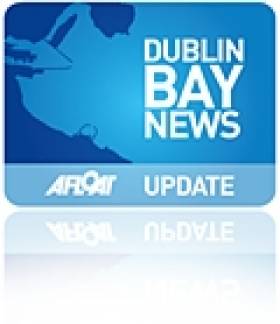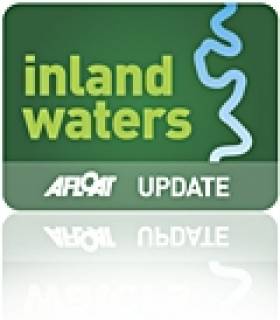Displaying items by tag: maps
Old Maps Show A Very Different Dublin Bay Before The Walls
#DublinBay - Dublin Bay was we know it today looked very different three centuries ago, as TheJournal.ie highlights with a selection of enlightening historical maps.
As reported yesterday on Afloat.ie, this week marks the 300th anniversary of the decision to build the Great South Wall in an effort to solve the centuries-old problem of silting in the main channels to Dublin Port.
At that time, the area north of Townsend Street that today is the south Docklands did not exist, as the Liffey flowed right up to what was then called Lazar's Hill or Lazy Hill – while Ringsend was a sandpit that extended into the bay at the river's mouth.
The wall changed all that, as the land between was reclaimed and the Liffey's course straightened and strengthened over the 80 years of its construction.
Later change came to the Northside, too, with the construction of the Bull Wall – surveyed by Captain Bligh of 'Mutiny on the Bounty' infamy – as Marino, Fairview and the North Strand, so named for their then coastal locations, lost their sea views to land reclamation, and Bull Island was formed from the sand and silt that once claimed any number of ships on approach to the city.
The maps have been shared by the Dublin Port Company to coincide with the Dublin Bay Conference that takes place today (Wednesday 29 April) with a programme of lectures lined up to celebrate the construction of what was then the longest sea wall in the world.
New Mobile Guide to Lough Derg Trails
#INLAND WATERWAYS - A new mobile app that guides visitors around the trails of Lough Derg has gone live, the Clare Champion reports.
More than 20 trails are included in the app, from walking to cycling, driving, cruising and canoeing.
The app - developed in partnership between Shannon Development and US firm EveryTrail - uses Google Maps and the GPS system in smartphones to pinpoint trails near the user's location.
Users can download route descriptions, images and notes, get directions to the starting point and follow the the pre-plotted course.
The Lough Derg Trails app is available for iPhone and Android devices.
The Clare Champion has more on the story HERE.






























































